Exclusive Interview: VIVA HOLLYWOOD Author Luis I. Reyes
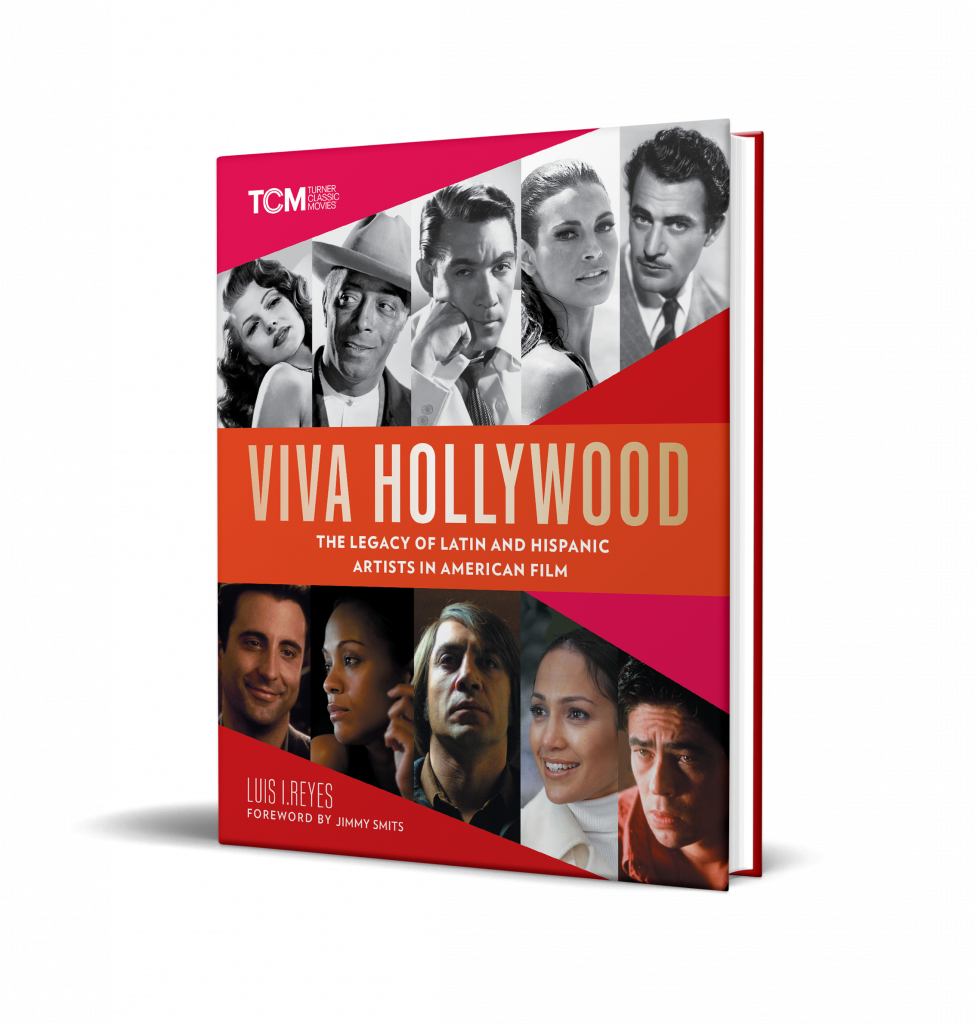
The latest book from renowned film historian, journalist and publicist Luis I. Reyes provides a comprehensive view of the stars, films, achievements, and influence of the Hispanic and Latino community in Hollywood history. VIVA HOLLYWOOD: The Legacy of Latin and Hispanic Artists in American Film (Turner Classic Movies (TCM)/ Running Press) highlights Latinx artists and their often-overlooked challenges and unrecognized achievements, examining the stars on screen as well as the crew behind the scenes of the film industry, spanning the silent era to present day. Insightful narrative accompanied by 200+ full-color and black-and-white images, VIVA HOLLYWOOD celebrates the legacy of Hispanic and Latino artists, presenting their art on screen.
VIVA HOLLYWOOD author Luis I. Reyes wrote the seminal 1995 work Hispanics in Hollywood, a film and television encyclopedia; Made in Mexico: Hollywood South of the Border, the first book to document Hollywood productions filmed in Mexico and Made in Paradise: Hollywood’s Films of Hawaii and the South Seas. Hawaii Movie and Television Book: Celebrating 100 Years of Film Production Throughout the Hawaiian Islands, co-authored with Ed Rampel, was instrumental in the recognition of the South Seas Movie as a separate film genre.
Classic Couple interviewed author Luis I. Reyes about his fifth book VIVA HOLLYWOOD: The Legacy of Latin and Hispanic Artists in American Film. Our exclusive interview follows.
Classic Couple: Is there such a thing as a “Golden Age in Hollywood”—an era of abundant opportunity—for Latin and Hispanic artists in American film? Why or why not?
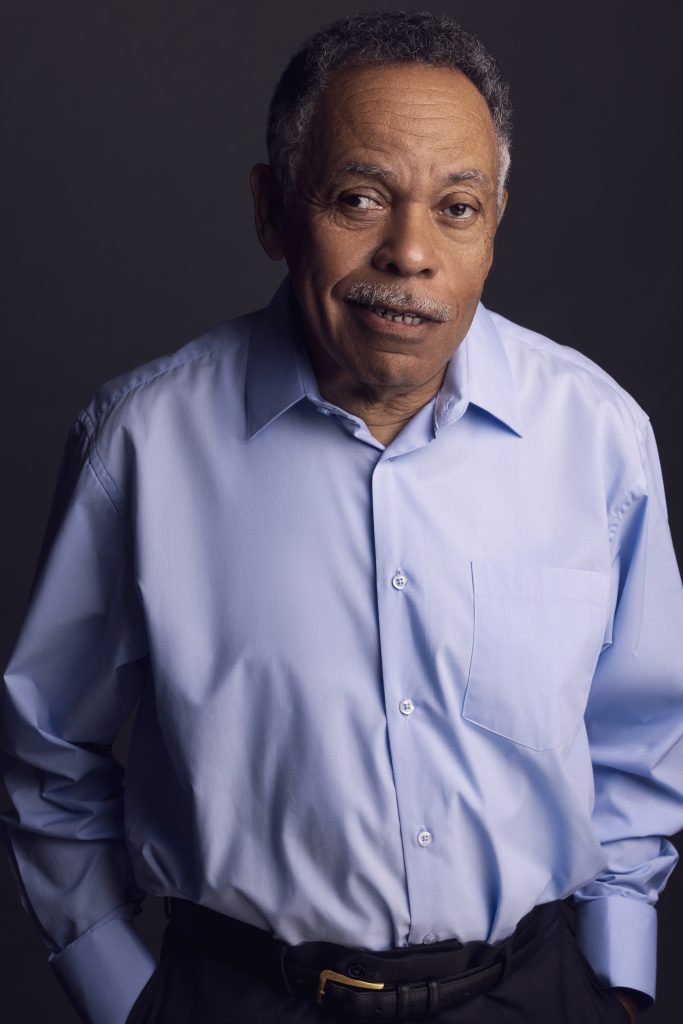
Credit: ABM Photography
The Golden Age or Era for Latin and Hispanic artists in Hollywood’s biggest era was the 1940s and ‘50s during the era of President Franklin Roosevelt’s The Good Neighbor Policy just before and during World War II and the Post-War years in the fifties. The era included such stars Dolores Del Rio, Lupe Velez, Carmen Miranda, Leo Carrillo, Movita Xavier Cugat, Desi Arnaz, and Mexican imports Arturo De Cordoba, Pedro Armendariz, Katy Jurado and Sarita Montiel and Ricardo Montalban. Let’s not forget the rise of Anthony Quinn and New York born Cesar Romero and Rita Cansino better known as Rita Hayworth.
Classic Couple: Let’s talk about the women. What were the biggest challenges for Latinx women in early Hollywood?
Biggest challenge was the language, if born outside the U.S. Because of a certain look and Latin last name you were pigeonholed or type cast in certain roles—cantina girl, exotic dancer or vamp, virginal senorita—that were mostly one dimensional, stereotypical roles, but there were many western films that featured these types of roles so there was plenty of work. If you were born and/or raised in the U.S. and had no accent, you could play varied roles depending on your talent and skills. Latinos played South Asians, Pacific Islanders, Native Americans, French, Italians and South Americans or Mexicans.
Classic Couple: And now the men. Who are the standout actors who you feel benefitted most from their Latinx background?
Anthony Quinn benefited the most, making him the most important Latinx star of his generation. Though born in Mexico of Mexican-Irish roots, he was raised in the U.S. and could play any ethnicity in a believable way that audiences accepted. He became a star in his own right and an important international star. Ricardo Montalban was a contract star leading man at MGM studios and had a long and prolific film and television career. Cesar Romero also had a varied and long career playing every kind of character, not just Latin. Mexican born silent star Ramon Novarro helped to stabilize and establish the financial and artistic security of MGM studios with the success of the silent classic blockbuster film in 1926 Ben Hur in which he starred.
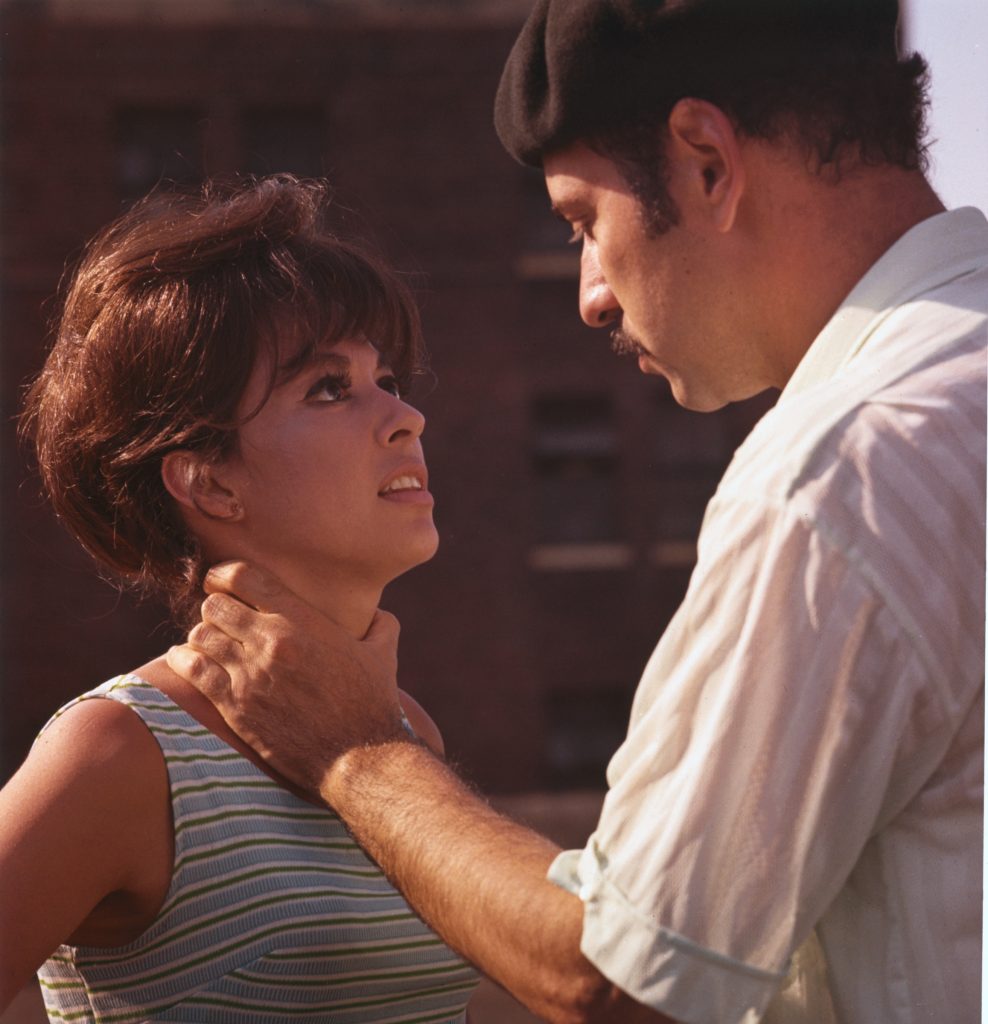
TURNER LICENSED (C) MGM PICTURES. ALL RIGHTS RESERVED.
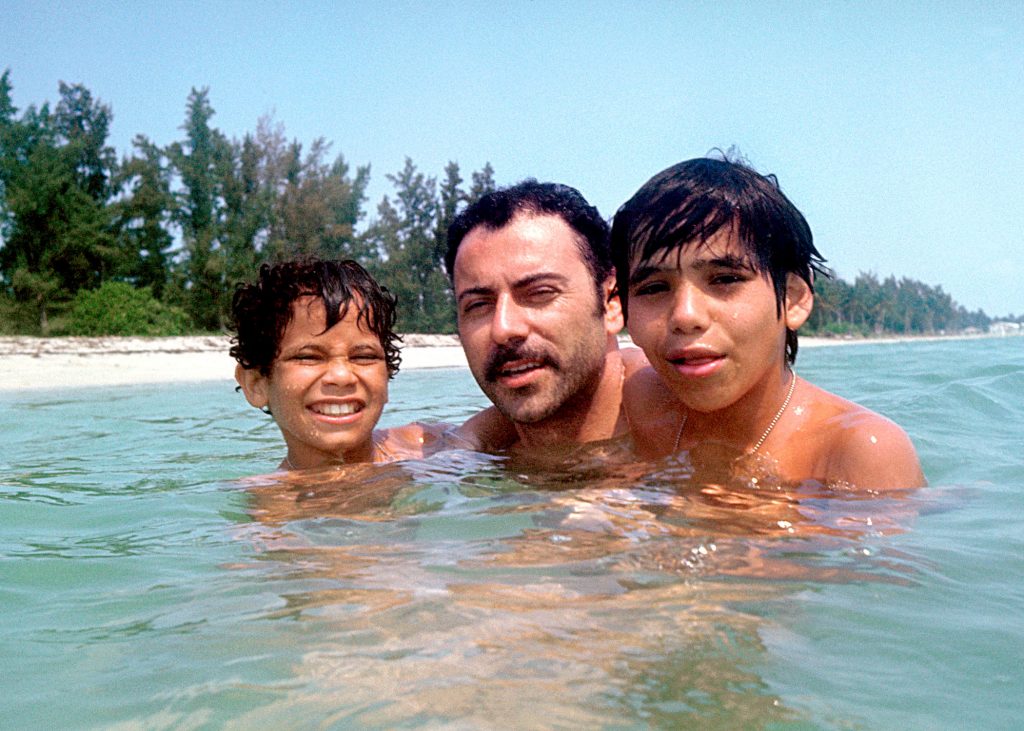
TURNER LICENSED (C) MGM PICTURES. ALL RIGHTS RESERVED.
Classic Couple: What do you consider some of the greatest unknown collaborations between Latinx and non-Latinx artists in Hollywood history?
Marcel Delgado, the model maker on King Kong (1933) and the matte painter Mario Larrinaga who worked on King Kong and Citizen Kane (1941). MGM choreographer Alex Romero choreographed the Jailhouse Rock (1957) musical dance and song number for ELVIS in the film of the same name.
Classic Couple: Latinx entertainers—singers, dancers—often made their way into Hollywood pictures as specialty acts. How important were these roles to the artists and what impact did they have in sharing Latin culture?
Work was work for these artists, and they were able to share a Hollywood version of their cultural roots mixed with tin pan alley and later Jazz. Such artist included Mambo King Perez Prado, bandleader Xavier Cugat, Carmen Miranda and Puerto Rican Olga San Juan and Mexican Lupe Velez who starred in several Broadway musicals with Jimmy Durante and Joe E. Brown. They all had a collective impact but Carmen Miranda and her outrageous costumes and Tutti Frutti hats left an indelible Image. The United Fruit Company adopted her image for The Chiquita Banana brand. Female impersonators and LBGTQ+ entertainers have imitated Carmen and her style since she first appeared on the American scene.
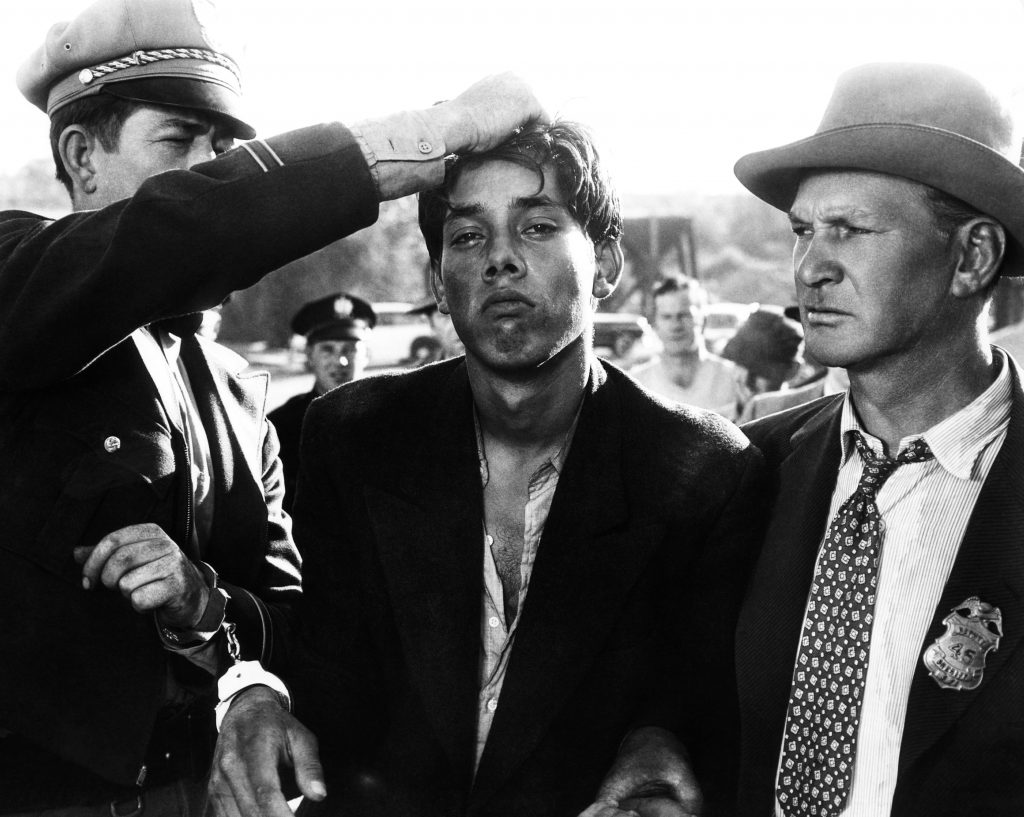
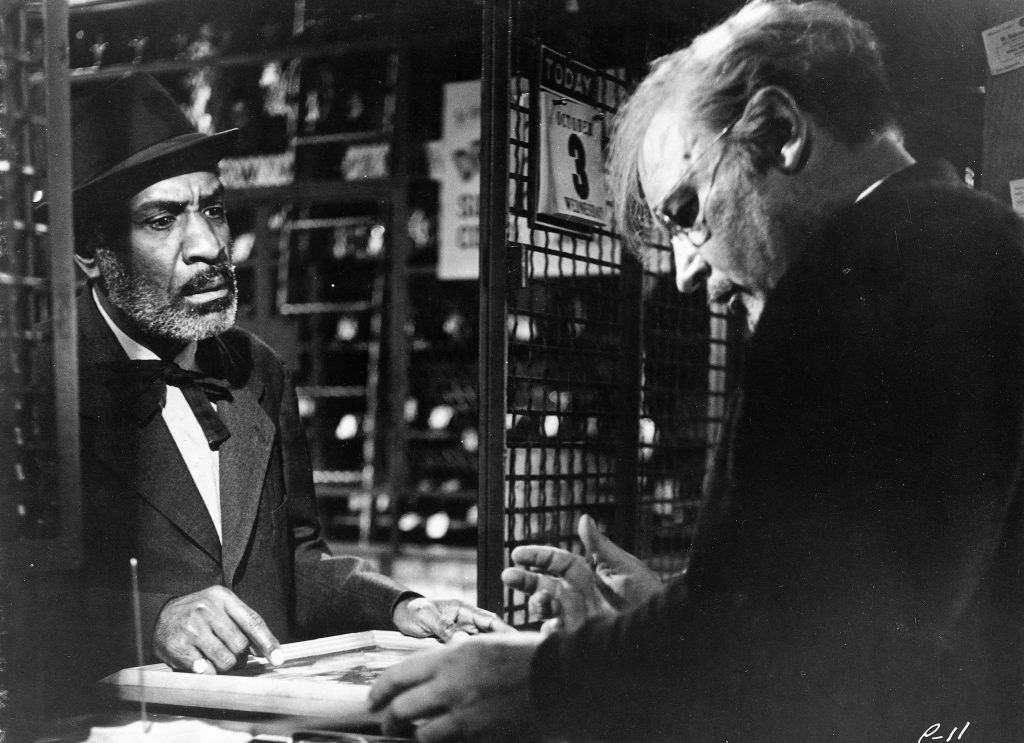
TURNER ACQUIRED COURTESY OF ALLIED ARTISTS
Classic Couple: What tropes or stereotypes regarding Latinx people have been most prominent in Hollywood history? Are these stereotypes being broken down in today’s films? If so, how? If not, how might they be?
Bandidos, to drug dealers and now cartel leaders, cantina girls to beautiful senoritas to prostitutes or gang girls, suffering or nurturing mamacitas (mother figures) Latin lovers, fiery sexually obsessed Latin woman, sexy but funny women, lazy Mexicans who mangle the English language. There are few positive images and when there are, the leading roles go to non Latins- EX: Ben Affleck as CIA agent Tony Mendez in Argo, Jennifer Connelly as Salvadorian wife of Russell Crowe in A Beautiful Mind, and most recently Ethan Hawk as Fidel Castro.
Slow progress is being made—Ana De Armas playing the iconic Marilyn Monroe in Blonde, Tenoch Huerta in Black Panther II, Michael Pena as an American Astronaut in A Million Miles Away and the legendary Andy Garcia in Father of The Bride featuring a largely Latino cast and the forthcoming Flamin Hot directed by Eva Longoria, the story of the man who invented the worldwide favorite snack food Hot Cheetos also with a largely unknown LatinX cast. The Blue Beetle Latin superhero movie for Warner Bros. Ariana De Bose won an Oscar for West Side Story and Penelope Cruz and Javier Bardem were nominated for Oscars last year, along wih Antonio Banderas. Mexican filmmakers have made an Impact in Hollywood. Robert Rodriquez is the most important and financially and artistic successful Latinx Texas-born filmmaker in Hollywood: Spy Kids, Desperado, Sin City, Machete, etc. He helped to launch the U.S. careers of Antonio Banderas, Salma Hayek, Danny Trejo, Michelle Rodriquez and more.
Classic Couple: What are your aspirations for this book? What do you hope readers take away from engaging with Viva Hollywood?
That VIVA HOLLYWOOD is a big bestseller and that people realize that Latinx are a part of the whole story of Hollywood Cinema. That Latinx have been involved in Hollywood filmmaking since its inception and it is part of the whole story of American filmed entertainment. That we did not work in a vacuum; we worked alongside many of the stars and became stars. That so many individuals from ethnicities, racial groups and nationalities contributed to and are still contributing to the Hollywood film industry and impact the lives of audiences not only nationally but worldwide. That stories of Americans of Latino origin be authentically represented on screen.
Classic Couple Recommends
Luis I. Reyes joins TCM host Ben Mankiewicz during Hispanic Heritage Month, September 2022 to discuss the following classic movies.
Sunday, September 18
Hispanic Heritage Month—Night One
Lalo Rios—First Latinx Rebel Hero
8:00 PM ET: The Lawless (1950)
10:00 PM ET: The Ring (1952)
Sunday, September 25
Hispanic Heritage Month—Night Two
New York sixties time capsule—El Barrio/ Spanish Harlem
8:00 PM ET: Popi (1969)
10:15 PM ET: The Pawnbroker (1965
1 thought on “Exclusive Interview: VIVA HOLLYWOOD Author Luis I. Reyes”
Comments are closed.

This was very interesting. I did not realize how many great Latin actors there were and still are in the movies. A surprise for me was Anthony Quinn! Thanks for the article.